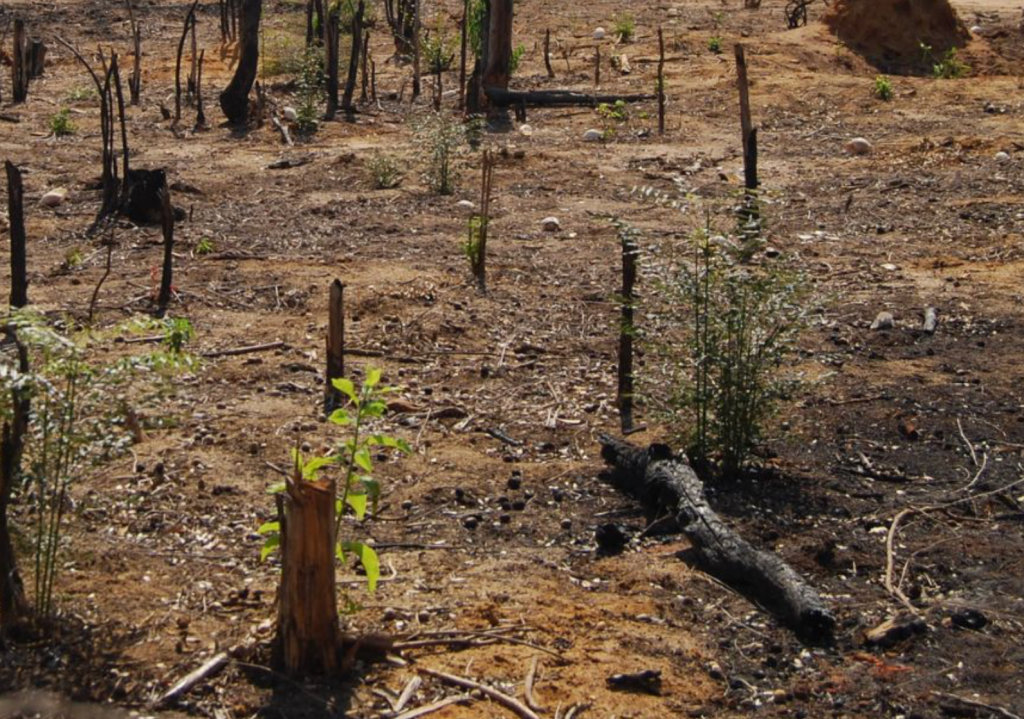Written By: Faith Jemosop
Namibia, one of Africa’s driest countries, is rising to the challenge of climate change by embracing cutting-edge innovations and renewable energy to combat worsening droughts and desertification. Facing record-low rainfall, rising temperatures, and land degradation, the southern African nation is emerging as a model for climate adaptation in arid and semi-arid regions.
A Nation on the Climate Frontline
Over 70% of Namibia’s population depends directly on agriculture for food and livelihood. Yet, over the past few decades, the country has experienced increasing climate variability, marked by prolonged droughts, shrinking water sources, and declining agricultural productivity. The Namib Desert, already the oldest desert in the world, is expanding, and fertile lands are rapidly turning barren.
According to the Namibian Ministry of Environment, droughts between 2013 and 2019 affected over 500,000 people, with the 2019 drought declared a national emergency. Climate scientists warn that unless bold action is taken, desertification could displace thousands, threaten food security, and collapse rural economies.
But Namibia is not waiting for rescue. Instead, it’s rewriting the climate adaptation playbook.
Solar-Powered Solutions for Rural Resilience
In the fight against desertification, access to clean and reliable energy has become a game-changer. Namibia is harnessing its most abundant natural resource, sunlight to drive transformation in its most vulnerable communities.
One of the most notable efforts is the deployment of solar-powered boreholes in drought-hit regions such as Kunene, Omusati, and Omaheke. These boreholes provide a steady water supply for communities, livestock, and small-scale farms, even during extended dry spells. Unlike diesel generators that are costly to run and emit greenhouse gases, solar-powered systems are cleaner, cheaper in the long term, and require minimal maintenance.
Additionally, solar water desalination plants are being introduced to provide potable water from saline underground sources. In the coastal town of Henties Bay, a pilot desalination project is supplying clean water to residents and is being considered for replication in other arid zones.
Reimagining Agriculture Through Innovation
As rain-fed agriculture becomes increasingly unreliable, Namibia is investing in climate-smart farming technologies to boost food production in drylands. Farmers are being trained in conservation agriculture, which includes minimum tillage, mulching, and crop rotation techniques to preserve soil moisture and fertility.
In the Erongo and Otjozondjupa regions, hydroponic systems are being introduced, enabling the cultivation of vegetables using 90% less water than traditional farming. These systems, powered by solar energy, are producing crops even in areas that once yielded nothing but sand and scrub.
Moreover, Namibia is supporting community-led reforestation and bush control programs aimed at restoring degraded lands. Through the “Greening Namibia” initiative, local groups are planting drought-resistant trees such as acacia and mopane, which not only reduce soil erosion but also act as carbon sinks.
Policy Backing and International Partnerships
Namibia’s success in climate adaptation is also underpinned by strong policy frameworks and international cooperation. The government has developed the National Policy on Climate Change and the Climate Change Strategy and Action Plan, which prioritize adaptation in key sectors such as water, agriculture, forestry, and health.
In 2022, Namibia launched Africa’s first green hydrogen strategy, aiming to become a global hub for green hydrogen production using wind and solar power. This bold move is not only expected to power domestic industries but also position Namibia as a key player in the global energy transition.
In partnership with countries like Germany and organizations such as the Green Climate Fund and UNDP, Namibia is attracting climate financing to support local adaptation projects. For example, the Improving Rangeland and Ecosystem Management Project (IREMA), backed by the GCF, is helping communal farmers in Kunene adapt to climate stress through early warning systems, grazing management, and livelihood diversification.
The Role of Indigenous Knowledge and Community Action
While technology and policy play critical roles, Namibia also recognizes the importance of indigenous knowledge in adapting to climate challenges. Pastoralist communities, particularly the Himba and Herero in north-western Namibia, have for generations used traditional techniques to manage scarce water and pasture resources.
Local adaptation committees and women’s cooperatives are at the forefront of implementing sustainable land practices, seed banking, and early drought warning systems based on natural indicators such as plant blooming or bird migrations.
The blending of traditional wisdom with modern science is enabling more tailored, culturally sensitive solutions to climate impacts.
Regional Implications for Africa’s Drylands
Namibia’s adaptation model holds valuable lessons for other drought-prone nations across Africa’s Sahel, the Horn of Africa, and southern regions grappling with climate-induced stress. From Senegal to Ethiopia, similar challenges of desertification, erratic rainfall, and land degradation persist. But the Namibian experience proves that even low-income, water-scarce nations can lead climate innovation.
By investing in renewable energy, local farming innovation, and community-led restoration, countries can build climate resilience from the ground up. Moreover, by aligning national policies with global financing opportunities, adaptation can be scaled beyond pilot projects.
Also read: How Kenyan Farmers Can Earn from Carbon Credits
Despite its impressive strides, Namibia’s climate adaptation journey is not without obstacles. Many remote communities still lack basic infrastructure and access to adaptation technologies. Climate financing, though increasing, remains insufficient to meet rising needs. There are also concerns about land tenure insecurity, which may discourage long-term investment in land restoration.
In addition, as Namibia transitions into a green hydrogen economy, questions about environmental trade-offs, local job creation, and equitable benefits for rural populations are being raised. Civil society is urging the government to ensure that the green transition does not repeat the extractive patterns of the past.






